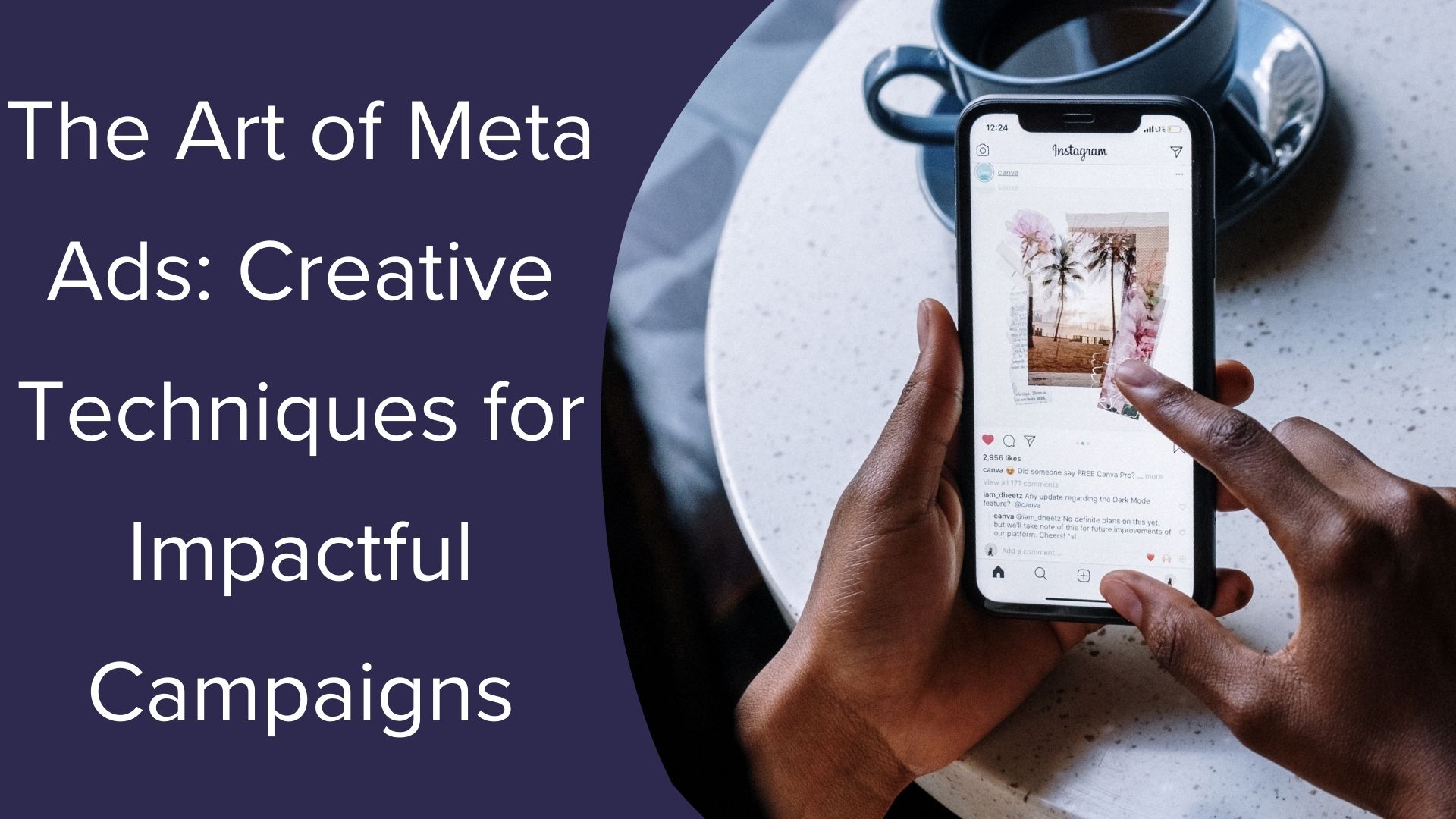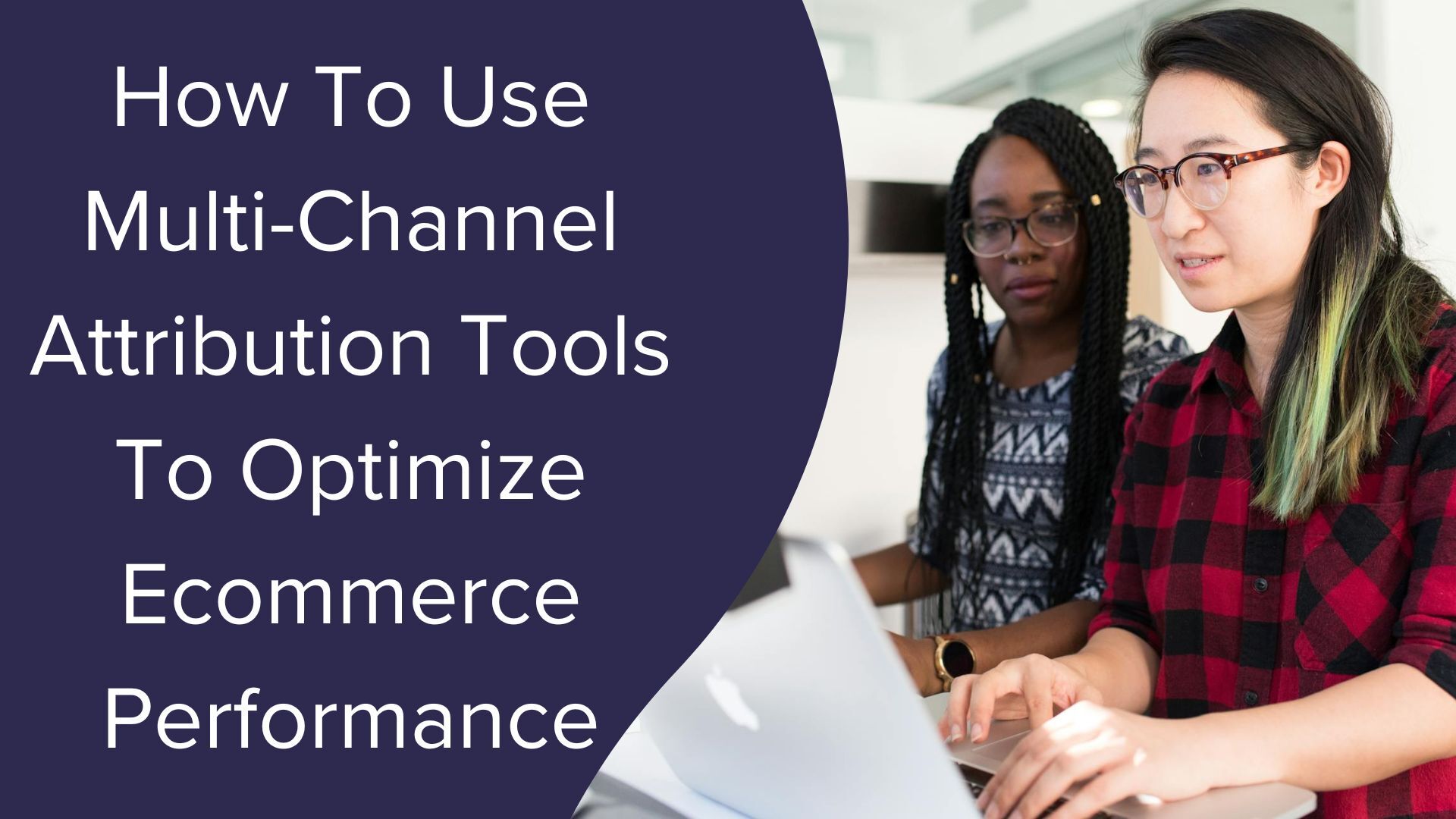7 Ways to Measure ROI with Influencer Marketing
In fact, the consumers trust an influencer more than a traditional advertisement. Why? Because people trust people, rather than an advertisement or a corporation.
While it’s easy to see how this modernized word-of-mouth marketing tactic can increase the number of people you reach, what’s not always clear is the return on investment. Because influencer marketing doesn’t always result in direct sales conversions, you might need to try other tactics to measure your ROI. Here are the seven tips to track influencer ROI:
1. Use Tracked Links
It’s imperative when working with influencers to have a strong tracking mechanism. Ask influencers to use trackable links so you can measure traffic, engagement and, ideally, conversions on your site if possible. If influencers are wary of using tracking links, it may be an indication that they are not the best fit for your needs.
With Instagram campaigns, brands will often ask influencers to share a link in their bio and direct followers to their “link in bio,” because links in captions aren’t clickable on Instagram. They can also include a link in the caption, which followers can then write out in their browser. Instead of including a long URL, it’s better to shorten the link using Bitly, which also helps you track traffic from Instagram.
2. Create A Branded Landing Page
You must tie your influencer campaign into a branded landing page in order to measure the ROI of that influencer. The influencers can have as much free reign as you’ll permit, as long as they drive their audience where you want them to go. Once on the landing page, you, as the brand, can incentivize the users and capture their lead info for measurement data and future communication.
3. Tie Influencer Activities To Performance Channels
Influencer activations should deliver value to performance channels like SEO, generating traffic and quality links to valuable sections of your site. Map out in advance some keyword targets that you expect to improve visibility as a result of the partnership. SEO tends to be the most efficient acquisition channel, so make sure your influencer marketing efforts are benefiting it.
4. Understand Your Engagement Metrics
Measuring campaign engagement goals of your influencer marketing initiatives is a good indication of your brand’s awareness, loyalty, audience activities and ROI numbers. Engagement metrics such as views, clicks, likes, shares, and mentions can be measured, which is ultimately solving the metric CPE, or cost per engagement.
5. Look At Your Social Media Analytics And Referrals
One of the easiest metrics to track when using an influencer is social engagement. Track your social accounts for changes in total followers as well as new unfollows. Monitor your website traffic for an increase or decline in website visits from the social network. Are there spikes that align with the influencer’s activity? Do you see an increase in sales (or inquiries) directly following their activity? If this means opening up an excel spreadsheet and doing it manually, then do it. Documenting your following and engagement is worth it. Because it’s worth knowing what’s working and what’s not, so you know where you can focus your energy.
6. Consider The Overall Earned Media Value
When you partner with influencers organically, you’re focusing on the mutual benefit from the collective social media engagement. Where possible, add press tactics into the campaign for editorial uplift. Also, consider a mix of engagement, website traffic, campaign hashtags, influencer-linked URLs and editorial coverage metrics to come up with an earned media value. Fan comments provide anecdotal insights, too.
7. Use Influencers To Reach Niche Audience Groups
The true value of influencer marketing lies in its ability to deliver a more meaningful message to niche groups within your target audience. Crafting very pointed messages for each of those groups and a clear role for the brand in their lifestyle can go an incredibly long way. This can help to build brand affinity among micro-audiences that may have previously brushed off your mass-market messaging.




